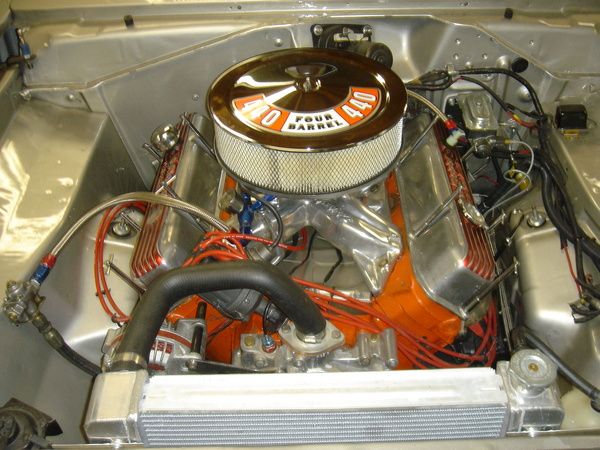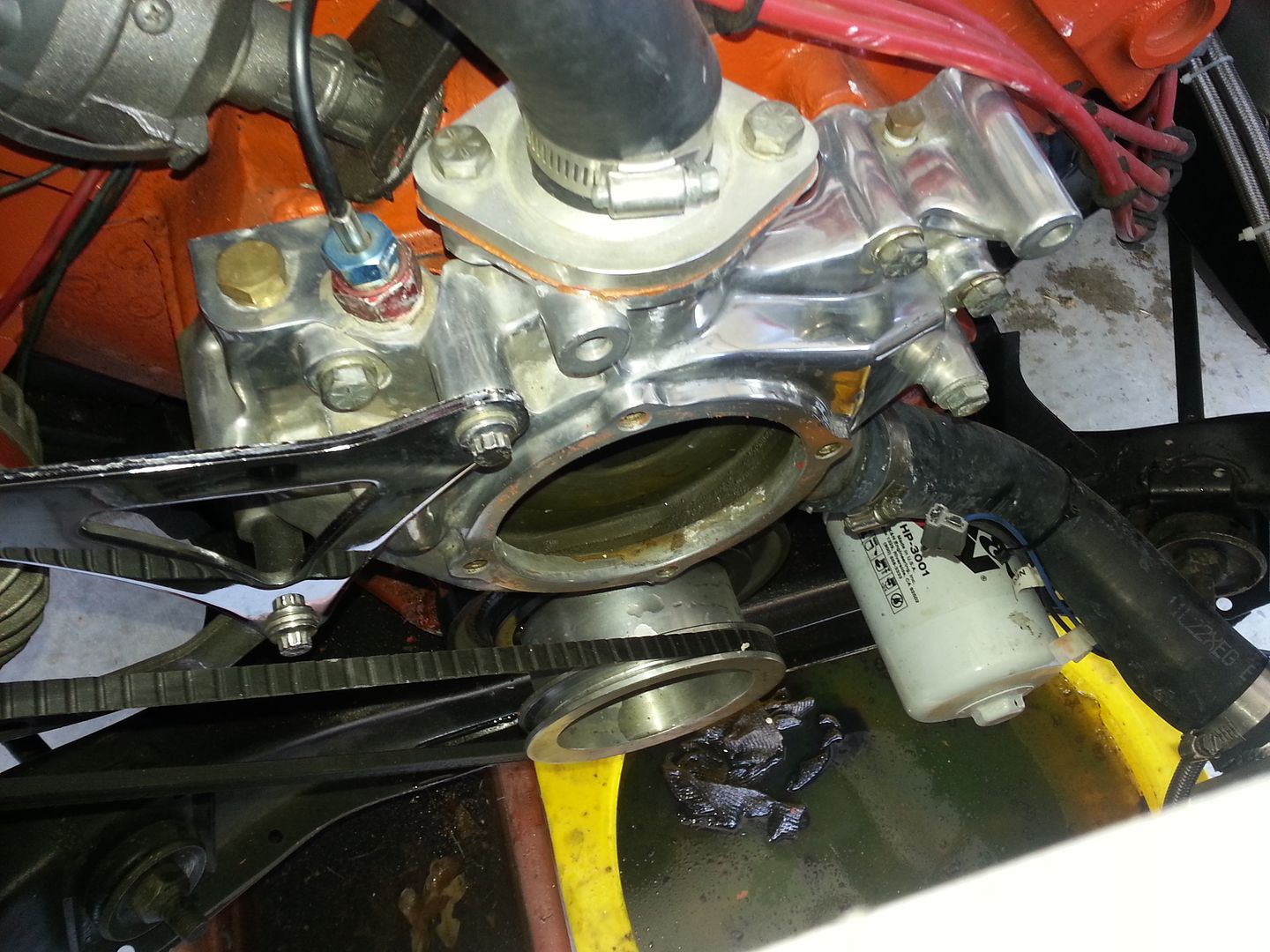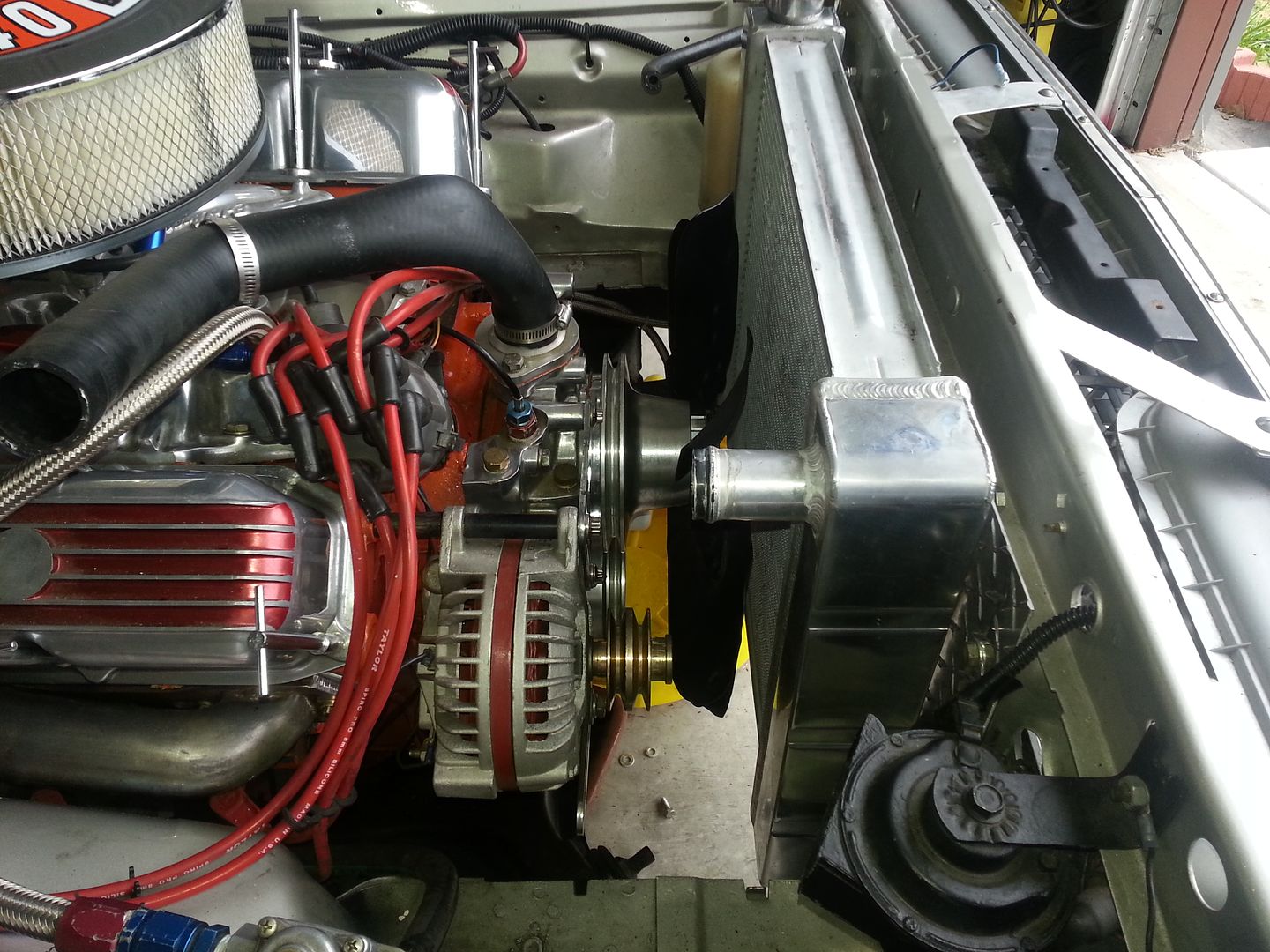Sorry, FormulaS340, but I am not 100% wrong. As a designer, engineer, and supervisor, I've spent the last 30 years of my life designing/engineering engine compartment components for all of the original Big Three auto companies. I did sheet metal parts as well as plastic parts. I've done at least a half dozen fan shrouds during my career, and I'm hear to tell you that cooling is not and was not the primary objective of fan shrouds. The primary objective, according to the project goals, is protection from a running fan. Then, IF there was room to package it, I would make the shrouds as efficient as possible to aid airflow. Packaging room under the hood can be difficult to find on today's new cars. After the shroud was designed, a prototype would be mocked up, bolted onto a vehicle, and then tested for efficiency. They always worked at an acceptable level of efficiency. As a car guy, it irritated me that cooling efficiency was not the primary objective of fan shroud design.
One of the problems we discovered is that there were 'hotspots' on the radiator with the fan shroud installed. The hotspots were in all four corners of the rad where the shroud was close to the core, because the fan opening is round, and the shroud was square or rectangular. Testing without the shroud revealed that there were no hotspots, but there was no significant increase, or decrease, in cooling efficiency.
One of the coolest (no pun intended) jobs I did was on the '86 IROC/Z28/RS Camaro's. The '85's cooling system was the lamest I had ever seen, with or without a shroud. It turned out the front spoiler would bend toward the road surface at high speeds, due to not enough support, and block most of the incoming air, causing the car to run hot. I was assigned the task of fixing the problem. I designed an air ducting system that was superior to the existing system, even though all they wanted was a couple of braces to keep the spoiler from drooping. Since I had an '85 with the cooling problems, I wanted to design a system that would work well, and be able to be retrofitted to the '85's. I received a plaque and a patent for the design.
I don't disagree with anything else you say. I would much rather have a fan shroud than not, for sure. As you say, I am certain the extra capacity of the radiator was the major contributor to solving my cooling problems.






















